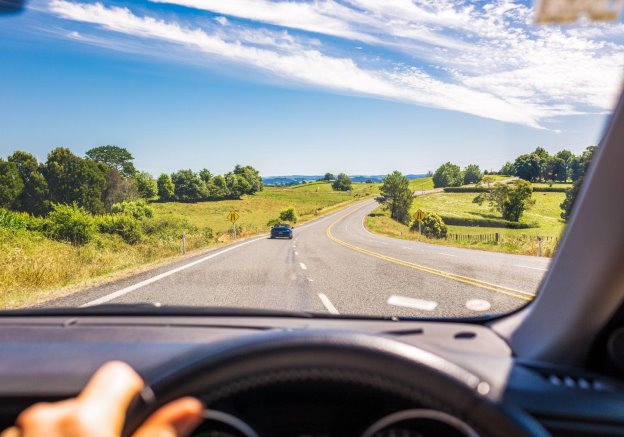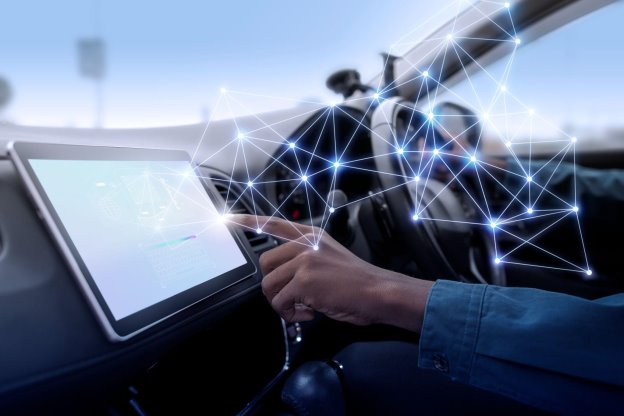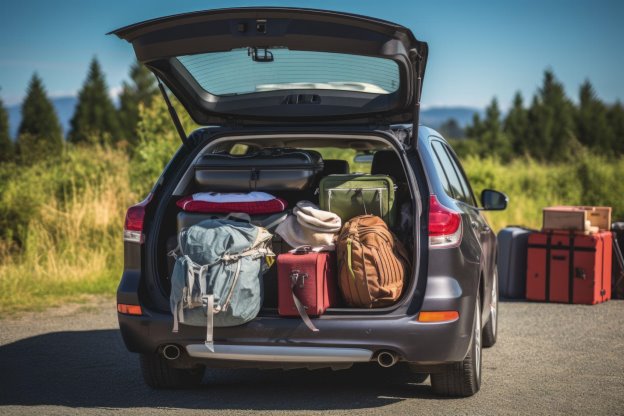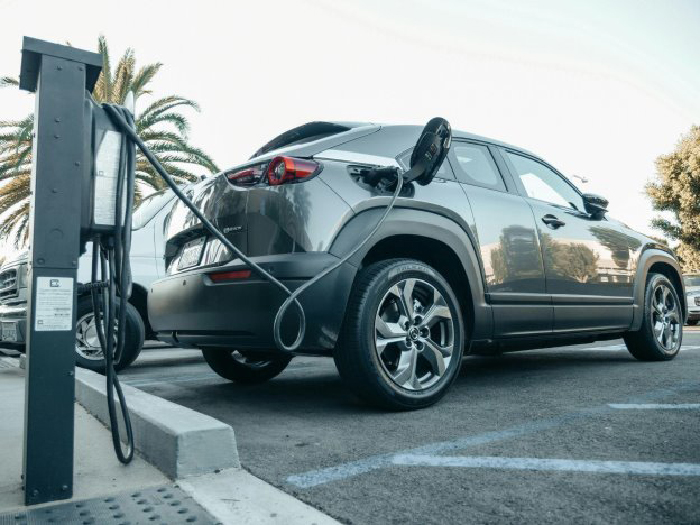With summer finally upon us, it’s time to plan for some much-anticipated seasonal adventure.
With 245,700 miles of road network in the UK, a domestic road trip could be the ideal choice, and for the sustainability-minded and tech-curious among us, hiring an electric vehicle (EV) could be a way to try the cars that everyone’s talking about!
If you’re new to EVs, though, an electric road trip can seem a little daunting. But there are some things you can do to stay chilled and keep the stress levels low.
Electric vehicle experts Geotab highlights the top five tips to ensure your EV road trip is both enjoyable and incident-free:
1. Plan your journey with charging in mind
Once you have decided on a destination and booked your accommodation, the next critical step is route planning. For EVs, ensuring sufficient charging facilities along your route is essential.
In the summer, EVs should be charged slowly and more frequently. Your vehicle will automatically reduce the maximum charging power to prevent overloading in higher temperatures. So, when planning your route and which charging points to stop at, be aware that fast chargers can actually take longer to charge. You can use route planners (such as Zap-Map, Osprey App and WattsUp) to identify charging stations, so you can plan to combine charging with a natural rest stop to make the most of your charging time.
There are many charging stations available at tourist attractions, restaurants, supermarkets, and hotels as well as at traditional motorway services. Additionally, consider switching to less congested roads to make the drive more scenic and maximise your EV’s range.
2. Cool comfort: how to keep your vehicle cool

Everyone knows the sweltering feeling of getting into a car that is far too hot after a few hours at the beach or in the city in summer. An outside temperature of 28 degrees Celsius can get as hot as 42 degrees inside the vehicle after just 20 minutes, and even up to 45 degrees with the windows closed. Where possible, try to park in shaded areas or underground car parks to avoid the heat. This not only ensures comfort for you but also protects the battery, reducing the energy required for air conditioning and extending your EV’s range. Plus, always try to pre-cool your EV while it’s charging to minimise additional battery load (and it means the car is already cool when you resume your journey).
3. Relaxed driving: an efficient and stress-free journey

Frequent charging stops can be frustrating and unnecessary but also avoidable. A steady driving style significantly increases your EV’s range. By avoiding unnecessary braking and fast acceleration, you not only create a more pleasant driving experience but also have to charge less and therefore reach your holiday destination sooner. What’s more, the time saved can even be used on extra photo stops at picturesque viewpoints. On a summer holiday, the journey should be just as much fun as the destination itself.
4. Use technology to your advantage

Avoid long waits at charging stations by using driving apps that provide real-time data on station availability. A temperature range tool can also help predict how temperature affects battery performance, aiding in route planning. On very hot days, it’s recommended to connect your vehicle to the power grid when not in use, as this allows the internal system to maintain battery temperature control, extending battery life in the long term. Additionally, using eco mode and regularly checking tyre pressure can optimise your EV’s range – improper tyres will immediately increase energy consumption and drain the battery.
5. Pack smart and light

Travelling with heavy luggage is exhausting, especially in summer. Plus how many times do you get home after a holiday and realise you didn’t use or wear half of the items you packed! Travelling light benefits both you and your EV as by minimising luggage weight, you can maximise your car’s range. Use space-saving packing techniques and leave heavy items at home to enhance vehicle efficiency.
So really, a summer road trip in an EV isn’t hugely different from one in a traditional petrol or diesel-powered vehicle, apart from the fact it offers a sustainable and enjoyable way to explore some of the UK’s best destinations. As long as you know how to plan your route to consider charging stops, maximise your driving efficiency to extend your EV’s range and understand how the heat affects battery charge, it doesn’t need to be daunting. Plus, it will reduce your carbon footprint while you experience new places and make new memories!

COMMENTS